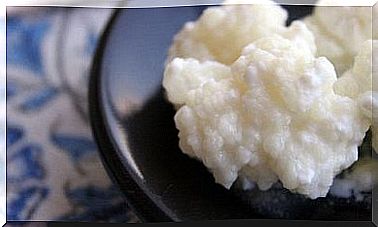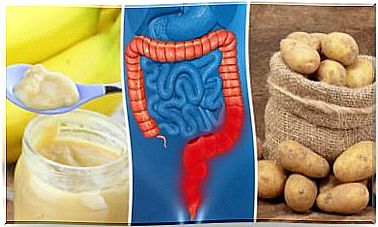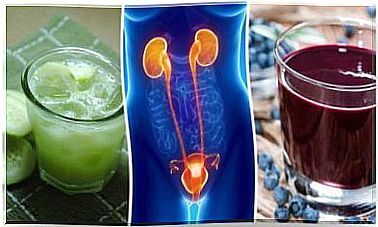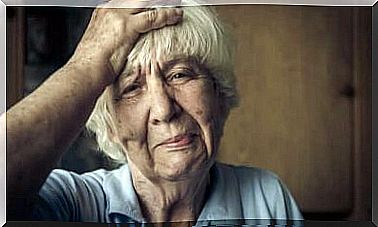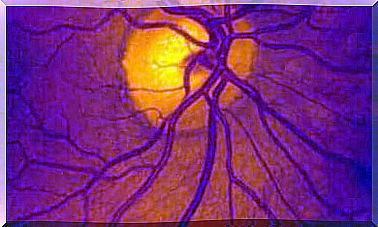Learn Everything You Need To Know About Albinism

Albinism is a rare disease that develops through a series of changes in the melanin of the skin. This disease affects the eyes, hair follicles and skin. The central nervous system can also be affected.
There is not just one variant. Instead, there are many different types of albinism. In addition, due to the genetic diversity of the entire human population, not all individuals with albinism manifest the same symptoms, nor do they do so with the same intensity.
The only characteristic that applies to all the different types is the lack or reduction of pigment in different body parts.
Types of albinism
As we mentioned above, there are many types of this condition. However, we will focus on two primary types: Oculocutaneous albinism (OKA) and ocular albinism (OA). This classification is based on the degree of diminished or missing pigment in skin, hair and eyes.
At the first type, as the name suggests, the patient has decreased or lacks pigment in skin, hair and eyes. In the second type, the loss of pigment is primarily visible to the eyes.
These two types can then be divided into several subtypes, depending on the affected gene. Oculocutaneous albinism is more common than the second type and has four primary types, along with other less common and complex forms: Hermansky-Pudlak syndrome (HPS) and Chediak-Higashi syndrome.

Let’s look at the four primary types of oculocutaneous albinism.
Type I
This type is caused by the absence of the enzyme, tyrosinase. This enzyme is responsible for controlling the steps of the synthesis of melanin.
Type II albinism
This type represents 50% of cases of oculocutaneous albinism. The origin of this type lies in the mutation of the P gene. The function of the protein that decodes this gene is still unknown.
However, experts believe that it may be involved in the regulation of the pH of organelles and the accumulation of glutathione in vacuoles. In this type of albinism, tyrosinase works properly.
Type III
This type only occurs in people with dark skin. It is caused by mutations in the gene that decode the protein related to tyrosinase 1, the product of which is important in the synthesis of eumelanin. This substance is the most common in melanin and it gives color to skin, hair and eyes.
Type IV albinism
This is an extremely rare form in which the malfunction lies in a gene that decodes a protein that transports the mucus involved in the processing of tyrosinase.
It also affects the transport of proteins to melanosomes, which are organelles that contain melanin. Interestingly, it is the most common type of oculocutaneous albinism in Japan.

Treatment
There is no specific treatment for this condition. However, it is important to know that people with this condition are at very high risk of developing sunburn and skin cancer. This is why the best treatment is to prevent these injuries. To do so, the person must:
- Avoid exposure to direct sunlight.
- Wear sunglasses with UV filters.
- Wear protective clothing.
- Apply high sunscreen (SPF) sunscreen.
Sometimes, it may be necessary to perform an operation to treat the squint, which is one of the typical problems associated with albinism. The difference is the inability to get both eyes to focus on the same point or move them at the same time. Surgery to correct the squint can help make the condition less obvious.
Conclusion
Although albinism is not a life-threatening disease, people who suffer from it are susceptible to other diseases, such as skin cancer and sunburn.
Adequate sun protection is essential, as well as knowing what type of albinism one suffers from. Medical advice is critical for these individuals, as well as the use of creams with good protection.

